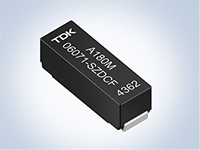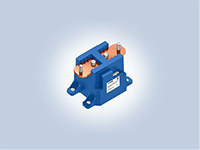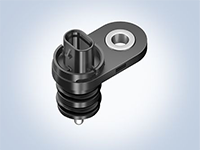Tech Library
0Filter
300 articles found
300 results
Article Category
Product Category
Application
Year
Other Contents
Tech Library EPCOS
Articles by topics such as “Products & Technology” and
“Application & Cases”
DOJO
Activity report of the maker’s space where “Something New” is created
Electronics ABC
Overview of the operation principles and functions of major electronic
components that are found in many products of daily use
Guidebook for EMC
Easy-to-understand explanations of the principles and roles of EMC
components, as well as how to utilize them, through specific case












